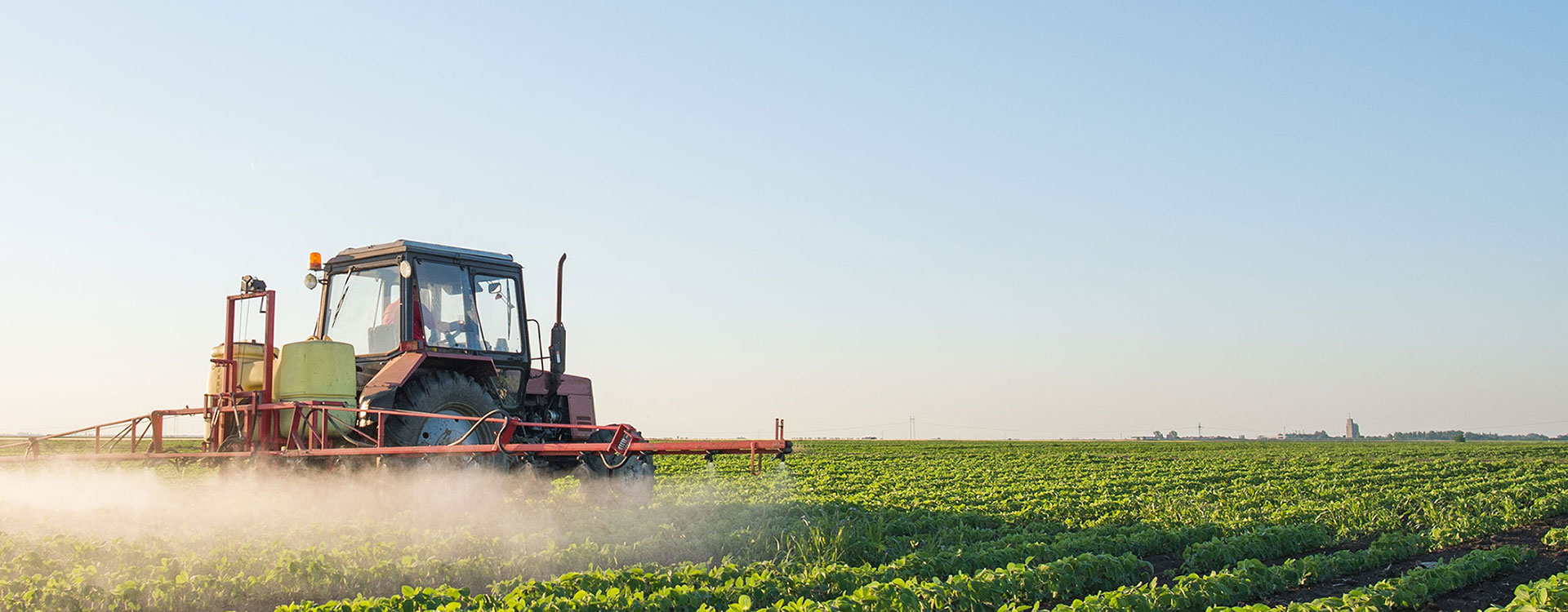
Plants need nutrients to grow which they absorb from the soil via the plant’s root system. Unless the nutrients are replenished, the soil’s productive capacity declines with every harvest.
Fertilizers provide the major nutrients (nitrogen, phosphorus and potassium and important secondary elements) that plants need. Nutrient requirements change between crops, location and even during the crop’s growth cycle. Effective fertilization closely matches the nutrients available in the soil to the different requirements.
Integrated plant nutrient management, i.e. combining both mineral and organic fertilizer, is what’s best for both plants yields and healthy soil.

Mineral Fertilizers
Balzer management industry transforms millions of tons of naturally occurring raw materials such as air, natural gas and mined ores into high quality plant nutrition products . Nitrogen-based products make up by far the largest fertilizer group, followed by fertilizers based on phosphorus and potassium. Fertilizers are available in straight and compound forms, based on one major nutrient or two or more nutrients respectively. Straight fertilizers account for the majority (78%) of total fertilizer use in Europe and are often based on meeting the needs of a specific crop. Compound NPK fertilizers account for the remaining consumption and primarily are available in two distinct types: blended and complex fertilizers.
Nitrogen fertilizers
Nitrate-based fertilizers are the most commonly used straight fertilizers in Europe.
The main products are nitrate-based fertilizers such as ammonium nitrate (AN) and calcium ammonium nitrate (CAN), which are well suited to most European soils and climatic conditions, and urea and urea ammonium nitrate (UAN) aqueous solution, which are widely used in other parts of the world.
Other straight nitrogen fertilizers include ammonium sulphate and ammonium sulphate nitrate, calcium nitrate, sodium nitrate, Chilean nitrate and anhydrous ammonia.
Phosphorus fertilizers
The most common phosphate fertilizers are single superphosphate (SSP), triple superphosphate (TSP), monoammonium phosphate (MAP), di-ammonium phosphate (DSP) and ammonium polyphosphate liquid.
Different fertilizer products have different release profiles and need different spreader settings for efficient application.
Potassium fertilizers
Potassium is also available in a range of fertilizers which contain potassium only or two or more nutrients and include Potassium chloride (KCl), Potassium sulphate (K2SO4) or sulphate of potash (SOP), Potassium nitrate (KNO3), known as KN.
Nitrogen fertilizers with inhibitors
Certain weather and soil conditions can lead to nitrogen immobilization, denitrification, volatilization or leaching, all reducing fertilizer efficiency. In response, the industry has developed special types of fertilizers designed to reduce these effects. They include foliar, slow and controlled release fertilizers, as well as fertilizer additives such as urease and nitrification inhibitors.
Calcium, magnesium and Sulphur Fertilizers
Calcium (Ca), magnesium (Mg) and Sulphur (S) are essential secondary plant nutrients. They are not usually applied as straight fertilizers but in combination with the primary nutrients N, P, and K.
Sulphur is often added to straight N fertilizers such as ammonium nitrate or urea. Other Sulphur sources are single superphosphate (SSP), potassium sulphate (SOP) and potassium magnesium sulphate (Kainite), the latter also containing magnesium.
Kieserite is a magnesium sulphate mineral that is mined and also used as fertilizer in agriculture, mainly to correct magnesium deficiencies. Calcium is mainly applied as calcium nitrate, gypsum (calcium sulphate) or lime/dolomite (calcium carbonate), of which calcium nitrate is the only readily plant available source of calcium.
Micronutrient fertilizers
Today, a large number of special fertilizers are available to supply plants with important micronutrients such as iron, manganese, boron, zinc and copper. These can be either inorganic or organic compounds, with the inorganic varieties further divided into water-soluble and non-soluble products.
Organic fertilizers
Crop residues, animal manures and slurries are the principal organic fertilizers. Although they have varying nutritional values, they are generally present on the farm and the nutrients and the organic carbon they contain are recycled. Animal manures and slurries cover a wide range of nutrient sources with different physical properties and nutrient contents. Furthermore, their nutrient content vary regionally and depend on the type of livestock and the farm management system.
